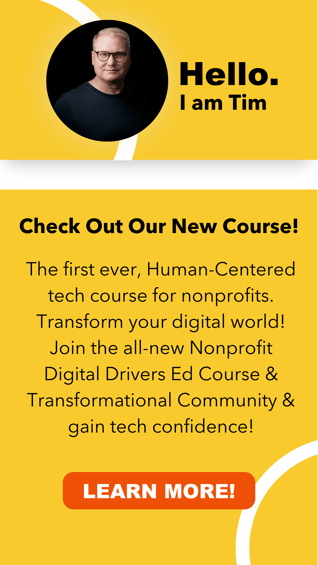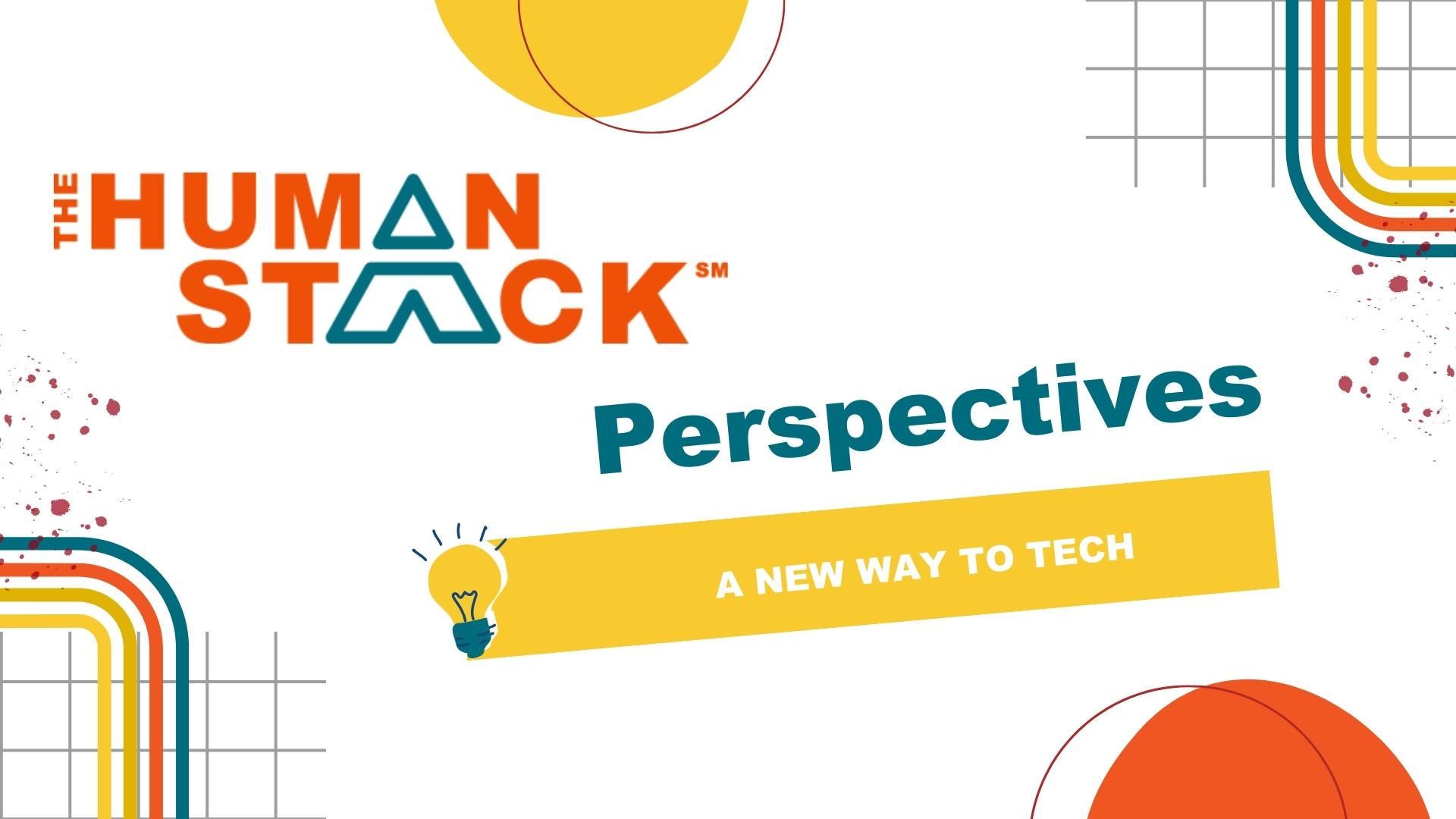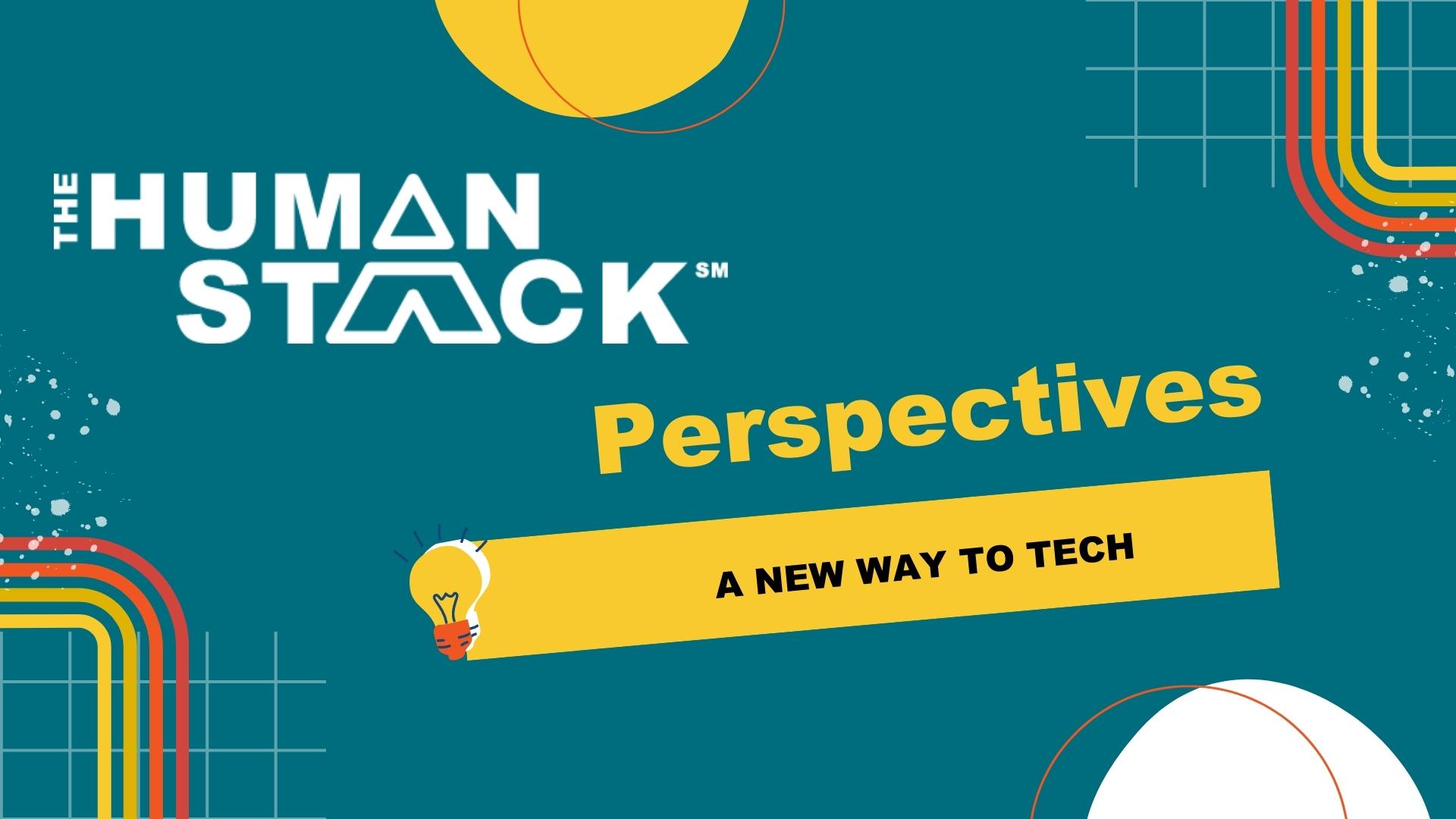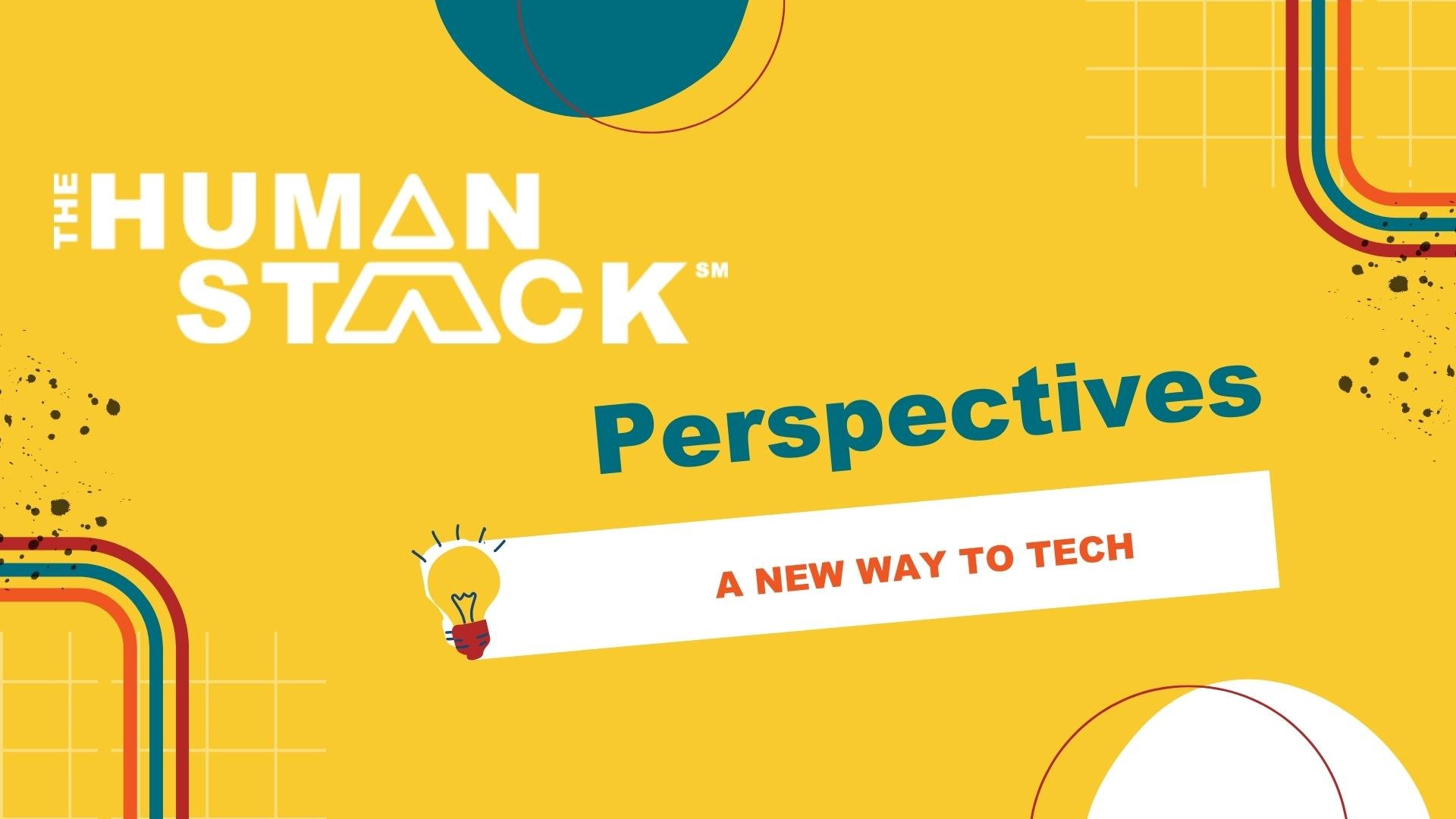3 min read
The 3 Core Elements That Will Help Your Nonprofit Maximize Your CRM System
 Tim Lockie
:
December 23, 2020
Tim Lockie
:
December 23, 2020
Picture this: Your annual fundraiser is coming up. You consult your CRM for data to help you connect with your prospects, but, the data is spotty and a little unreliable. Are you getting what you need out of your CRM?
To make your CRM function for you, there are three core elements to understand: data, information, and insight. Each element has a distinct role in structuring the technology — and giving you a bigger ROI, return on investment. Once you harness the power of quality data, you’ll be able to garner structured information that will give you critical context. Lastly, you will realize the insight that will change your organization for the better.
It’s a process that is more tortoise, less hare. Yes, it will take some time. Good things come to those who anticipate. Building your CRM to be a resource that yields insight is well worth the effort – and the good news is you don’t have to do it alone.
1. Data: Setting the Stage for Your CRM
'Data’ and ‘information’ are two different things. One is what you put into a system (data) and the other is what story can be told from said data (information). Data is what you provide the system. Information is what it provides you when the data is reliable and accurate.
Your data is the cornerstone, the first building block. Any inaccurate data that’s entered into a CRM will render the information and insight that follow to be less reliable. False data doesn’t allow for anything else to stand.
It is crucial that data tells the truth. Getting data to tell the truth is a behavioral issue. If your resources are stretched, consistency and accountability in data input might be in short supply. Sometimes humans mess up or cut corners.
Staff know that accurate data is important, but that knowledge, by itself, doesn't translate into action. Executive attention and accountability is required to change behavior. Only then can the rest be built. If you can make this behavior change on your own, great! But many organizations need a helping hand, which is why we created Digital Guidance.
2. Information: The Next Step in Maximizing Your CRM
You can't expect a CRM to produce insight if all your staff puts into the system is a list of names, email addresses, or phone numbers. That data will not give you anything useful by itself. You need additional data points and time for patterns to develop so the information you get makes sense.
Let’s put this into an example. First, let's assume your CRM has accurate data such as a donor’s name, the date of their donation, and the dollar amount. Once you start tracking engagement between your donors and your staff, you'll have data to know when your team last spoke with a donor. The information the CRM gives you, then, is that a donation was a result of a conversation between the donor and your executive director the day before.
We’re not just looking for staff to accurately and consistently input data from an Excel spreadsheet and call it a day. We’re looking for enough data, and the right kind of data, so the data points have context. It takes time to build data with context and it takes time to gather information, too. Again, you want to channel the tortoise, not the hare. Getting to your destination — insight — takes preparation, patience, and persistence. Once you’ve gathered enough information, you can move on to the final element of your CRM journey.
3. Insight: Understanding Patterns and Unlocking Potential From Your CRM
When your staff have established consistent behavior to accurately input data and your directors have achieved compliance through information, it’s time for you to make new discoveries. Patterns and analytics will be the final element: insight.
It’s up to you as the executive to gather insight from the information points in the CRM. You can use the insight to plan your next strategic move or strategic plan. In our previous example, we gathered that the donor gave to your organization a day after speaking with the executive director. With information about specific donors, executives are able to covert that to insight –for instance, developing forecasts for next year's giving, estimating the value of volunteer contributions, and getting early warnings of not meeting a goal on the three year strategic plan.
Data, Information, and Insight: Your CRM System Journey
Quality data renders solid information, unique insight follows after that. Together those three elements, in that specific order, will allow you to transform relationships with your contacts and your organization – make lifelong donors out of first-time givers, create partnerships that make a bigger impact.
We’ve guided many teams in structuring their behavior and have seen their diligence pay off. If you don’t know where to start, know that we're here to help. And remember, getting the most out of your CRM doesn’t start with technology — it starts with your staff.






